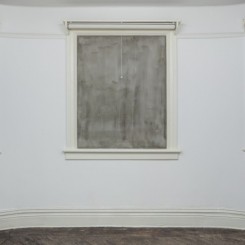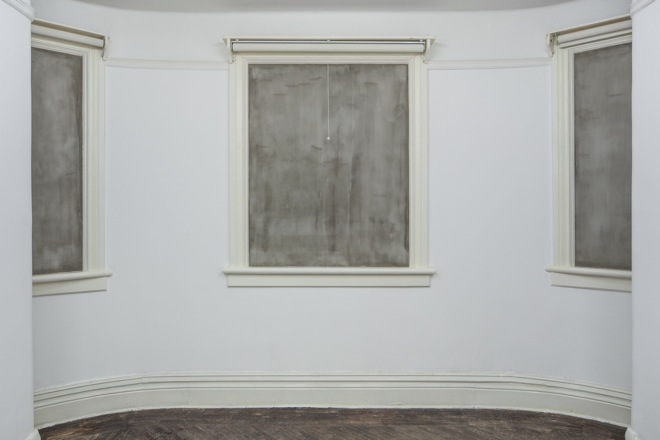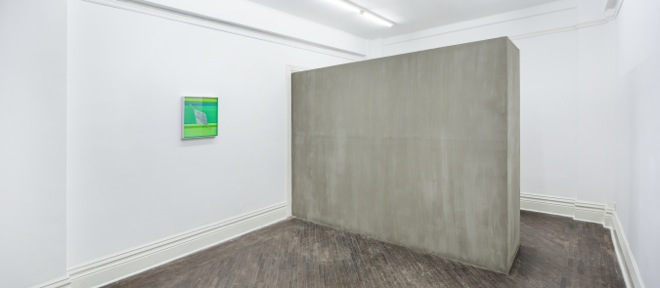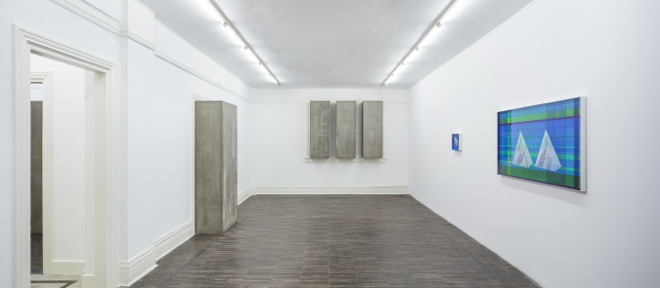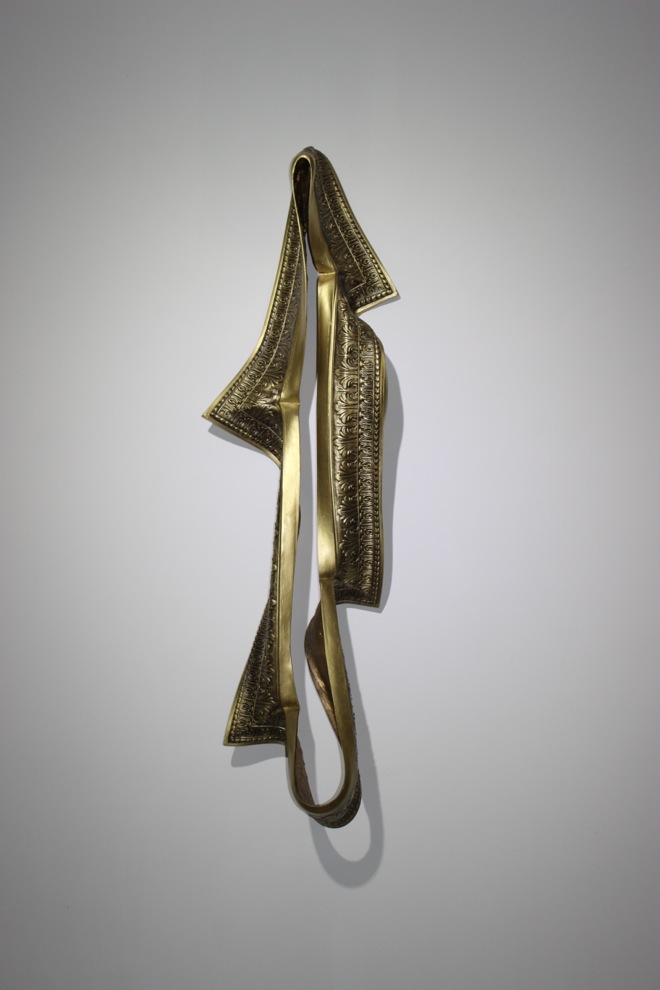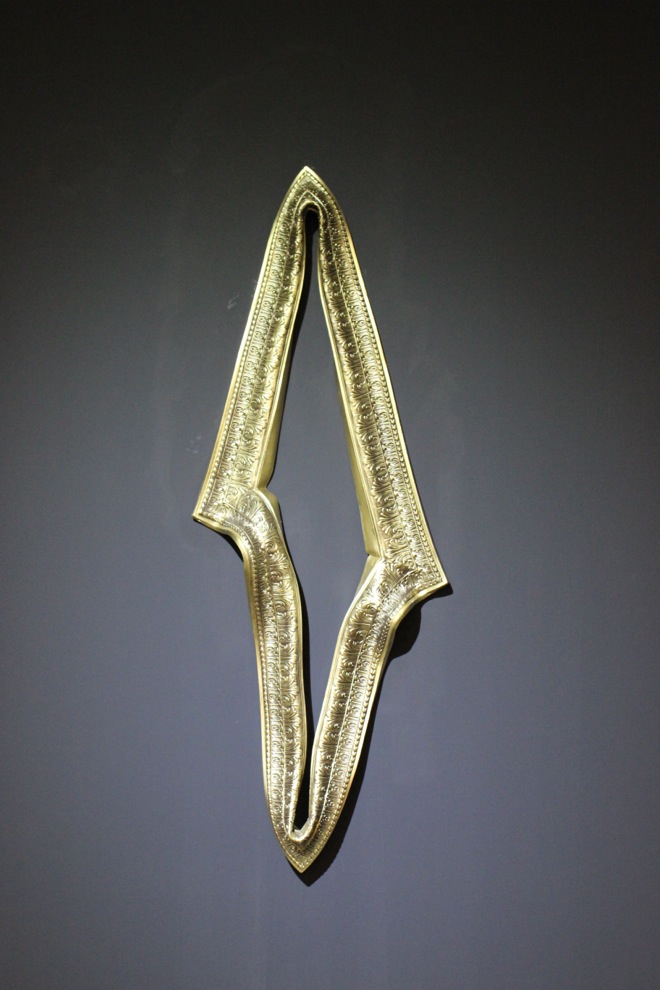by Julie Chun
CUT | OFF—Zhang Ruyi solo exhibition
Don Gallery (Room 26, 1331 Middle Fuxing Road, Shanghai), Sep 12 – Oct 26, 2014
THE PAST-Mehmet Ali Uysal solo exhibition
Pearl Lam Galleries (81 Middle Jiangxi Road, G/F, Shanghai), Sep 1 – Nov 15, 2014
As summer slowly yawns to a close, there is a more noticeable change in Shanghai than cooler temperatures. The lights appear brighter, the buildings seem to stand taller and a palpable sense of glamour is in the air—as though the enchantment of a by-gone era has waltzed its way back into the Pearl of the Orient. A prom-like flurry rolls in as people slip into their most elegant or outrageous attire, dashing out clutching invites to the slew of art fairs that have been opening one week after another—as if the city were intent on chain-smoking art. In a collaborative spirit—which is a striking welcome—galleries and museums are mounting shows, talks, studio visits, the spectacle of it which appears seemingly fluid.
While neither Pearl Lam Gallery in Shanghai nor Don Gallery had colluded, the iterations of the site-embedded works in these two separate spaces had striking echoes. Zhang Ruyi has muted the passageways at Don Gallery while Mehmet Ali Uysal has gently shrouded the walls at Pearl Lam Gallery. These two artists do not know each other; Uysal resides in Ankara, Turkey, while Zhang is from Shanghai. Yet an obvious tremor seems to have intersected—if only momentarily.
Using industrial concrete, Zhang Ruyi literally blockaded the doors and windows of Don Gallery with cement casing, creating a solid impasse for natural light. Awareness of one’s enclosure is made all the more palpable by the impenetrable monumental edifice that physically projects from one of the doors, completely invading the viewer’s space. Within this dense obstacle of coarse gray concrete, we witness slivers of color emanating from paintings on the wall that subtly emerge—line by line, exactingly and painstakingly hand-inscribed with ball-point pens and ruler like a hologram floating out to touch us.
According to Zhang Ruyi, Rachel Whiteread’s works had a profound impact on her. As such, Whiteread’s sculpture serve as a point of departure for Zhang. If Whiteread’s sculptures underscore the purity of negative space, Zhang’s cement blocks have the effect of unleashing the raw and rudimentary textures of its inner organs outside its accepted perimeters. The cement lays bare its stark inner materiality in full public view, exposed, and stands directly in our path, refusing to be ignored. Thus we are made aware of the structural elements of the building’s interior, which we might have failed to notice before. But now we are fully cognizant that the windows have been transcribed as minimalist sculptures (or paintings) and a sense of wholeness is felt by repetitive gestures of form and content.
At Pearl Lam Gallery, the ghostly traces of art history’s colorful past have been neutralized and distilled into a series of white, emblematic structural support for the picture frame. In a similar way as intricately carved and ornate frames once covered the walls of French salons, Mehmet Ali Uysal’s orderly plaster frames, collectively entitled Painting, have been embedded directly into the walls to create the spatial illusion of recession and extrusion—as if the walls were quietly breathing. Like gaping mouths full of silent cries, the frames signify a cathartic gesture to mourn the loss of the painted canvas, which has been erased in full while remaining present. This ghostly presence is made all the more succinct by the perversely gilded frames—entitled Suspended and constructed from polyester—which hang languidly throughout the gallery. Vivid and wild colors of its outlines are juxtaposed in direct contrast to the atrophied form. No longer embodying the dominant, masculine parameters of great art, these markers of elite artistic identity have been stripped bare and left to dangle as impotent gestures.
Lethargic and lifeless frames in the space of a commercial art gallery convey themselves as visible subversion. Yet the artist Mehmet Ali Uysal was quick to mention the Painting series is also about perspective and its relationship to space: “I want my art to interact not only with the audience but more importantly, with the audience as they move through the space of the gallery, museum, or even outdoors.” Previously, Uysal created a series of sculptures Peel (2012), where the gallery walls were peeled away seeking “to subvert space so as to liberate our preconceptions of it.” The stripping away of the white cube alludes to the deconstructive act of taking apart what had once been whole. Perhaps Mehmet Ali Uysal is evoking the modernist discourse of Michael Fried’s “art and objecthood” into contemporary discussion. Fried, in his disdain for minimalist (or what he labeled “literalist”) sculptures of Donald Judd and Robert Morris, posited the wholeness of “Specific Objects” in direct contrast to the part-by-part, multi-inflective, additive and spatially corresponding anthropomorphic works of David Smith and Anthony Caro. [1] Mehmet Ali Uysal’s solo show “The Past” presents a negotiation of opposing binary categorizations where the Suspended Series/Meat (2014) takes on the distinctive quality of flesh while the site-embedded Painting succumbs to the totality of wholeness through the repetition of minimalist yet recognizable forms.
The subversive gesture of removing or blockading institutional walls and points of entry opens up the vista for the work of art to be imagined in the expanded field of the viewer’s experience. By discombobulating icons—walls of galleries or gilded frames—that uphold institutional authority, Uysal reveals that art’s parameters are not barred by spatial or temporal conditions but only by the limits of our imagination. If the modernist imperative for sculpture was, according to Rosalind Krauss, “essentially nomadic” and “homeless” then the sculpture of today seem to insist upon this condition. [2]
If modernism’s rupture was between the sculpture and its site, then the defiance of today’s sculpture might be their self-effacement. For in their refusal to be bound by spatial or temporal permanence, Zhang and Uysal’s sculptures will undergo complete dismantle and eradication when the exhibitions close. Yet even before the dust has settled and the debris cleared, the subtle and visually unadulterated exhibitions “CUT | OFF” and “The Past” offer solemn musings on how sculpture tirelessly strive to depart from dialectics that characterize their conditions as they seek to live, breathe and eventually choose to disappear in the ever-continuing expanded field.
Endnotes:
[1] Michael Fried, Art and Objecthood (Chicago: University of Chicago Press, 1998), 150.
[2] Rosalind Krauss, “Scupture in the Expanded Field,” October Vol. 8. (Spring, 1979), 34.
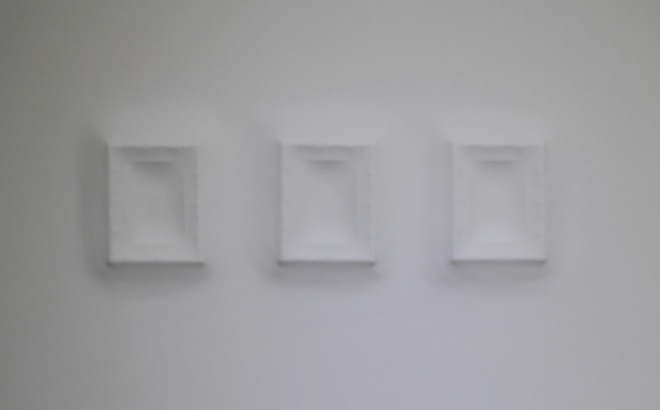
“The Past”: Mehmet Ali Uysal exhibition at Pearl Lam Galleries, Shanghai, Photo credit: Kerstin Brandes
过去的现在——MEHMET ALI UYSAL个展 ,艺术门上海,摄影:Kerstin Brandes
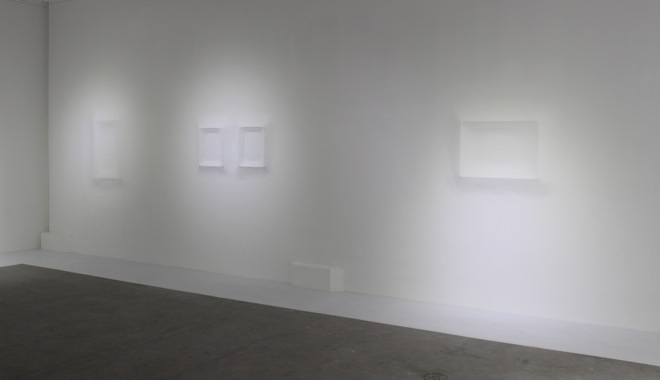
“The Past”: Mehmet Ali Uysal exhibition at Pearl Lam Galleries, Shanghai, Photo credit: Kerstin Brandes
过去的现在——MEHMET ALI UYSAL个展 ,艺术门上海,摄影:Kerstin Brandes

